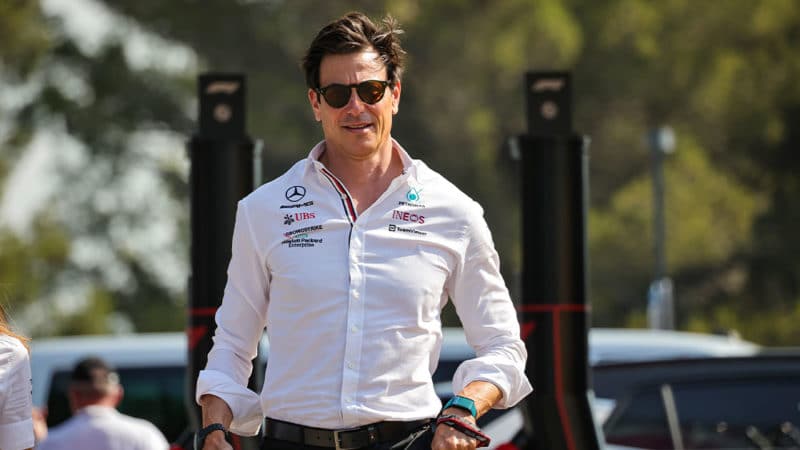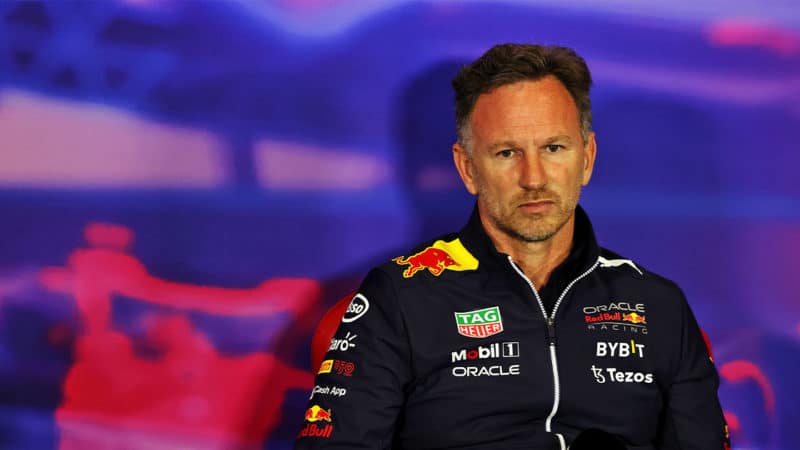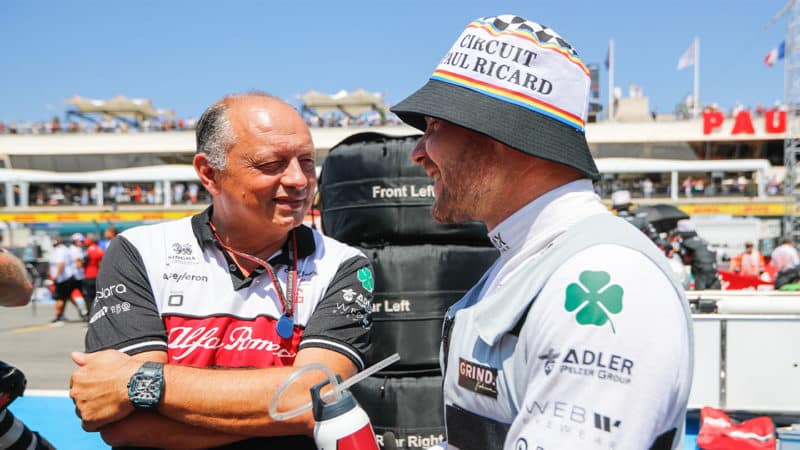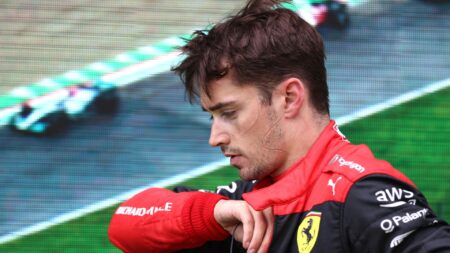But Vasseur points out a potentially bigger issue with the proposed changes, or more specifically the reasoning behind them.
“From my point of view, to use safety grounds on this is just a f***ing joke,” Vasseur told RACER. “Porpoising is not safety. Porpoising is easy to fix, you just have to increase the ride height.
“I’m not sure also that the matrix for safety reasons is a good approach, because using the same thing you could say we have to police the ride height in Spa because you can have bottoming into Raidillon. So the FIA could say ‘OK you have to run the car at 30mm because below 30 you could have bottoming into Raidillon’.
“Or when the track is damp and some teams are putting on slicks first, we are taking a risk. We can crash. And they can say ‘No, you have to use slicks only when it’s under 104% (of the fastest time)’. I don’t know, but if we go down this route… It’s much more risky for the FIA because if they put a limit on slicks and someone crashes then they will be responsible because the limit is not at the right place.
“If [Fernando] Alonso for example has mega pain in the back after Spa and he was below the matrix he could complain about the matrix. I’m not sure it’s the right way to police it. Safety is always a criteria in our choices. It’s a criteria for the brake temperatures, it’s a criteria when you are using intermediates or slicks… I think it’s a bit strange.”

Mercedes is one of the teams in favour of the changes
Paulo Maria / DPPI
That’s in tune with Horner, who adds: “Safety is a very easy card to stand behind, because theoretically it’s not then subject to an [F1] Commission or [FIA] World Motor Sport Council vote.
“Something can be done, but I think that it just needs to be sensible. The numbers that have been discussed are just way too extreme compared to the reality of what probably could be done.
“I’d actually dispute it is a safety issue … It’s down to the team how it chooses to operate its car. You can remove the porpoising very easily, but that’s at the sacrifice of performance.”




